During its annual worldwide developer conference, WWDC, that took place in the beginning of June, Apple announced some major updates being rolled out with iOS 12. Along with some utility optimizations, pimped up emojis and AI (surprise, surprise), Apple is introducing some fundamental changes to notification management.
In a nutshell, Apple continues to focus on optimizing user experience for micro-moments, keeping it minimal and enabling users to easily deal with information overload. They’re also giving users more control over filtering messages that are not necessarily well-optimized.
These changes will prompt all marketers to move towards a more relevant and responsible way of communicating with their customers through mobile.
So what is going to change and what should you do to make sure your mobile app is iOS 12 ready?
- What will change with notifications in iOS 12
- What you need to do to get ready for iOS 12 + Best Practices
What will change in iOS 12
There are 2 changes happening, both equally important.
1. Notification Grouping & Prioritization
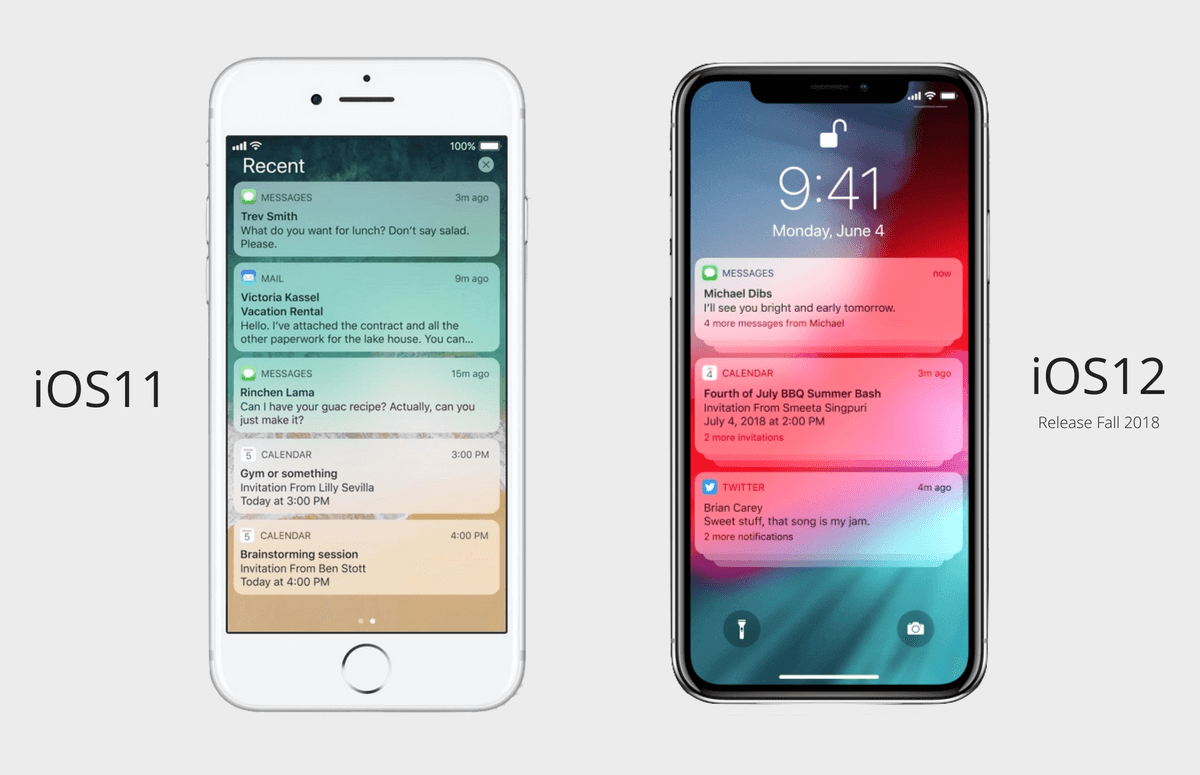
Notifications will be grouped together in a folder and prioritized based on importance. This will, without a doubt, be an upgrade for user experience. It will also add transparency for the user in terms of how many notifications each app sends and how often. So this can be either an opportunity or a threat for mobile marketers, depending on their practices.
What does this mean for you?
If you value your relationships with your app users, and try to the best of your ability to keep your notifications relevant, useful, personalized, brief, and well spread out, this update would be a great opportunity for you to stand out, easily cut through noise and prove value to your user.
If you’re a believer in “the more, the merrier”, well this could be an opportunity for you too. This is the perfect moment to step up your game and focus on the quality of your communications.
2. Notification Management
The changes happening to the management of notifications are three-fold.
a. Lock Screen Notification Management
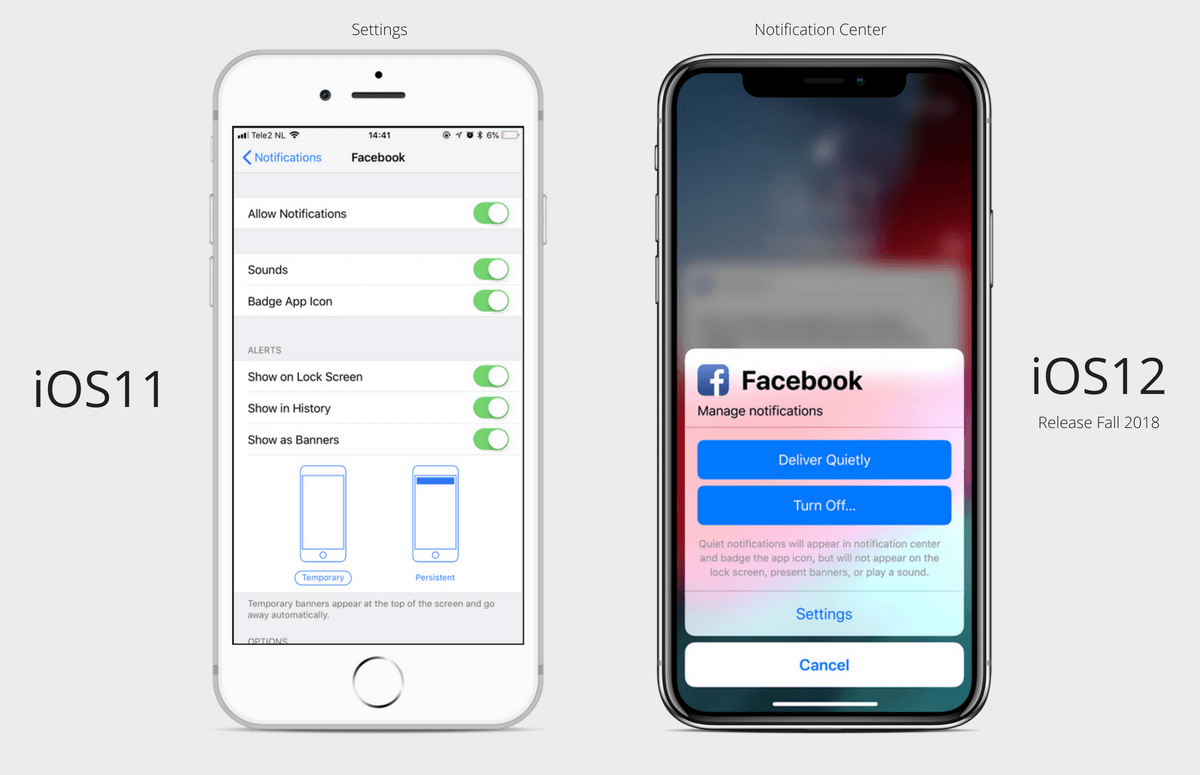
In iOS 12, a user will be able to manage notification settings directly from the Lock Screen. When they slide a notification group to the left, they’ll be given three options: Manage, View, and Clear All. The Manage tab shows a few more options:
- Deliver Quietly
- Turn Off…
- Settings
- Cancel
What does this mean for you?
Easier access to notification management means annoying apps with spammy massages are no longer protected by the extra steps it used to take a user to disable the notifications. Like never before, it’s essential for mobile marketers to keep their communications relevant, brief and useful.
b. Quiet VS Prominent Notification Delivery
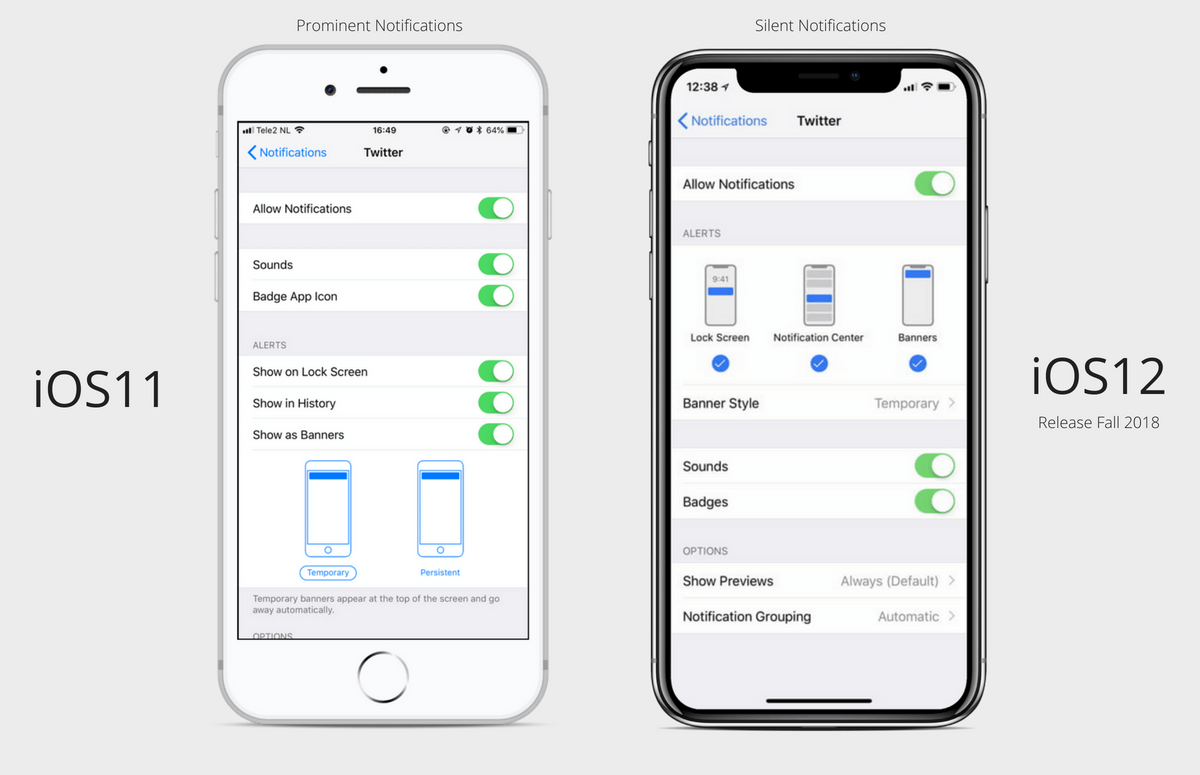
If a user decides to have their notifications delivered “quietly”, notifications will appear in the notification center. However, this means they won’t be notified when notifications arrive. This is a completely new functionality, once again aimed at improving user experience and reducing user anxiety caused by the overwhelming amount of notifications.
What does this mean for you?
We’re the “cup-half-full” kind of guys, so we definitely think this could be an opportunity to prove in-the-moment value to your users, strengthen customer loyalty and try to swing some extra customers to your side. But we’re not going to lie to you – the competition for user attention is going to be fierce. To quote Forrester’s research: “Control over customers’ moments continues to consolidate [between “The 4” that is, Amazon, Google, Facebook and Apple ]”. All the other apps have to fight over the remainder of their user’s mobile moments and it will only get more difficult. You’ll need to be creative, yet concise and valuable. The better segmentation criteria you use and the more engaging the copy is, the more likely you will deliver all three to your user-base.
c. Internal Notification Preference Center In-App
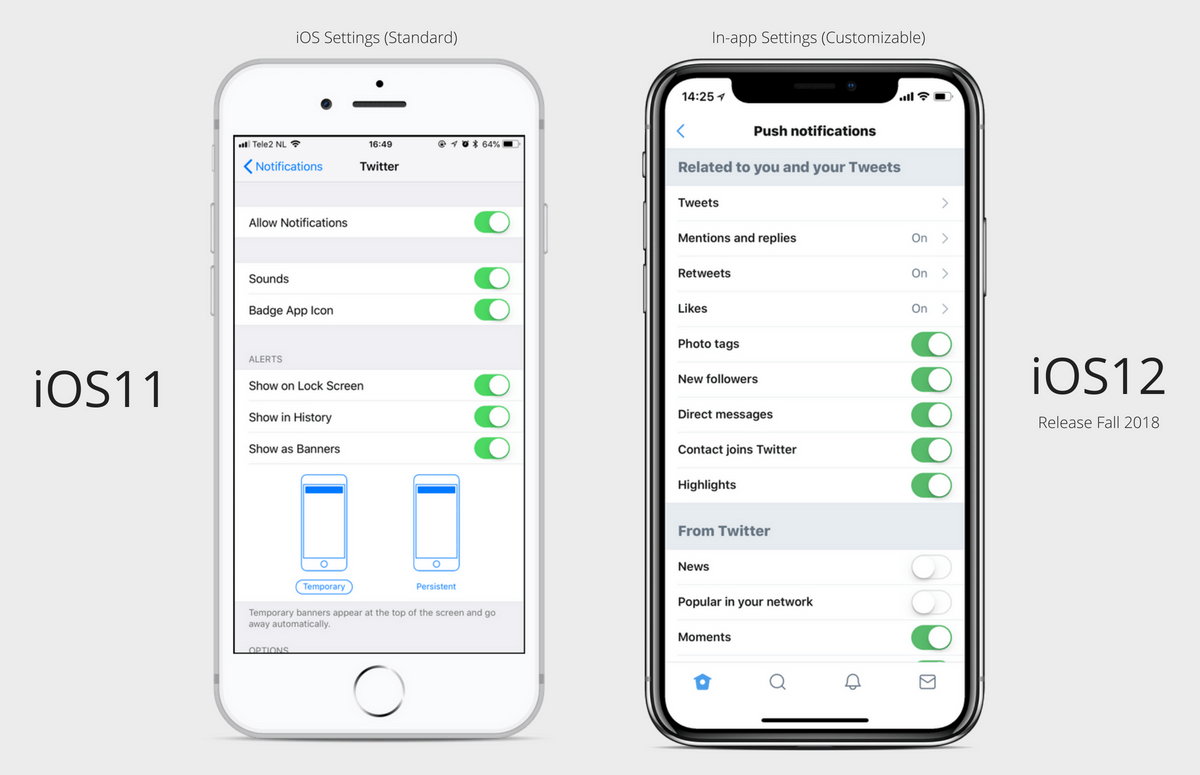
iOS 12 will deep link to your app’s preference center from iOS notification settings and from the “Turn off” notifications confirmation prompt.
What does this mean for you?
With iOS 12, your app’s internal notification center is no longer a nice-to-have, it’s critical. Having an internal preference center is a beneficial tactic for multiple reasons. Firstly, all or nothing is a dangerous tactic, that’s why it’s recommendable to put your eggs in different baskets – your chances are much higher that a user stays signed up for some push alerts if you offer a range of categories, as opposed to one. Secondly, it’s a great way to learn what types of notifications users are interested in receiving. You can use these insights for further segmentation.
What you need to do to get ready for iOS 12
There are no magical hacks for getting your app notifications strategy right. It has to be well thought out, optimized and constantly iterated. It’s not a choice anymore, you’ve got to do this right to keep this critical engagement channel open. Below, we’ve outlined some pointers to guide you when preparing for the iOS 12 update.
1. Introduce an In-App Notification Preference Center
Definitely put this one on your roadmap, start small and expand. An internal notification preference center will help you collect more insights about communications of preference and keep as many users as possible for future engagements. A few categories in the beginning would do, then keep adding them with time. Here some of our favorites:
Travel
TripAdvisor, Kayak & Booking.com
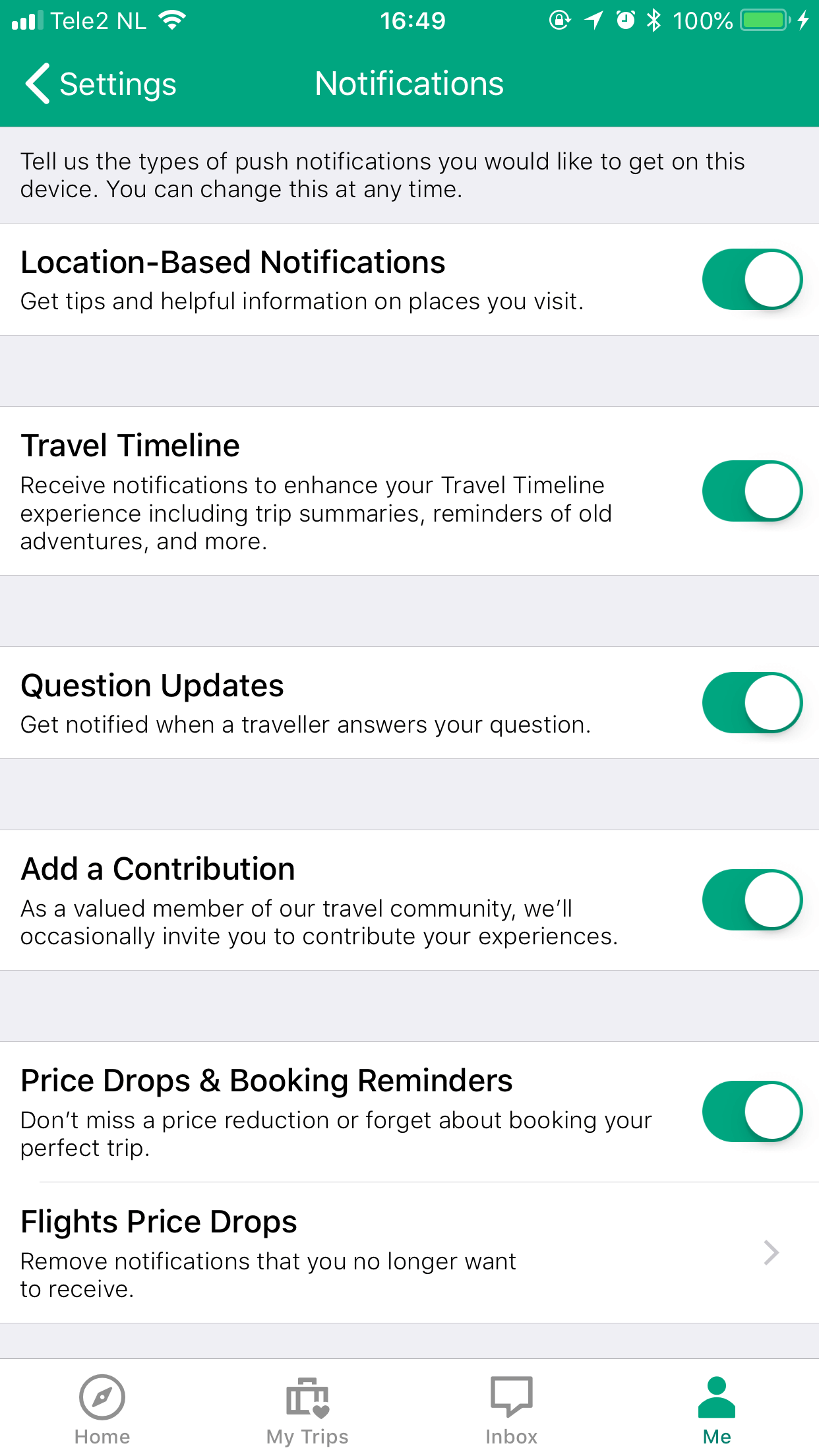
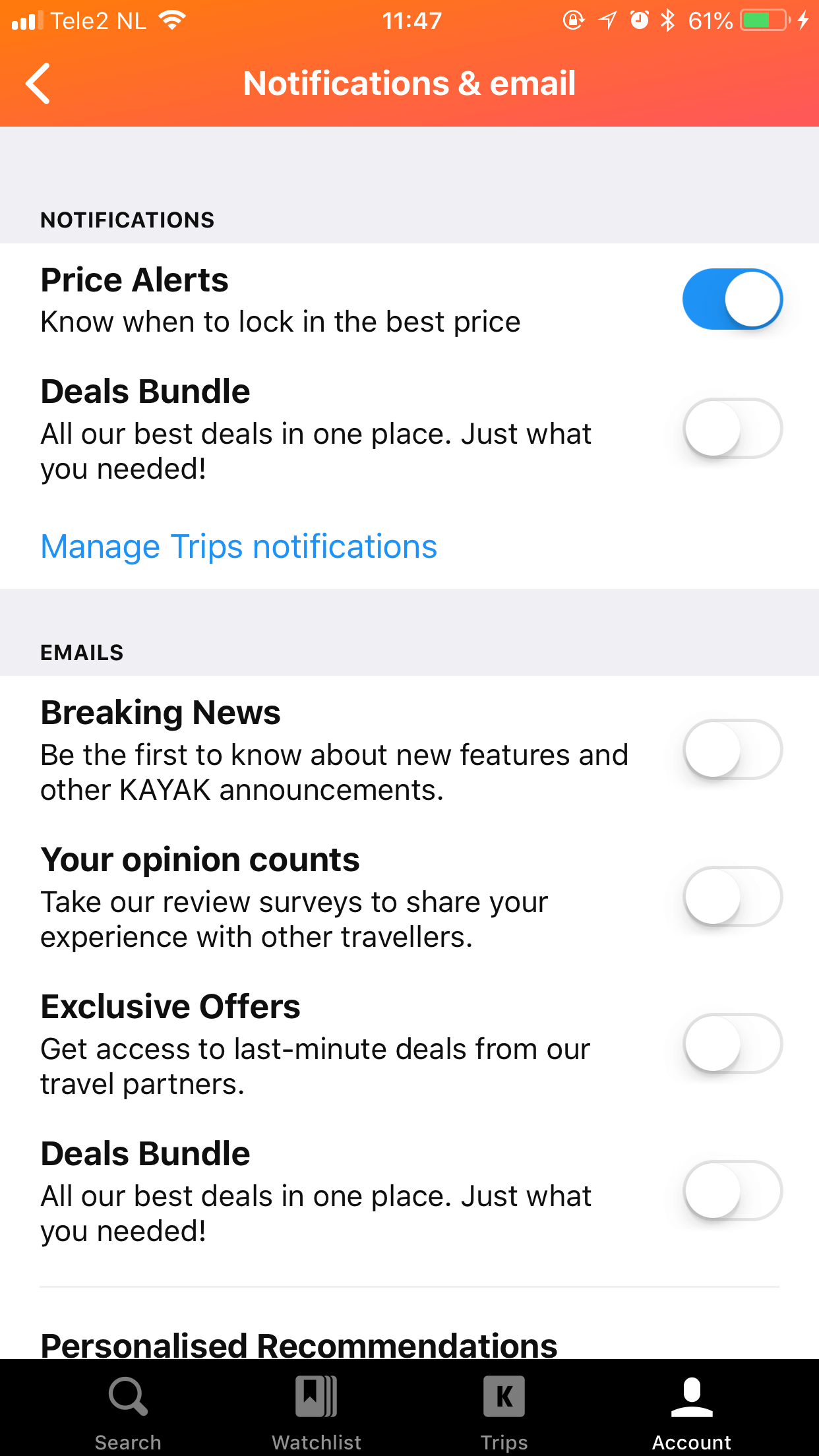
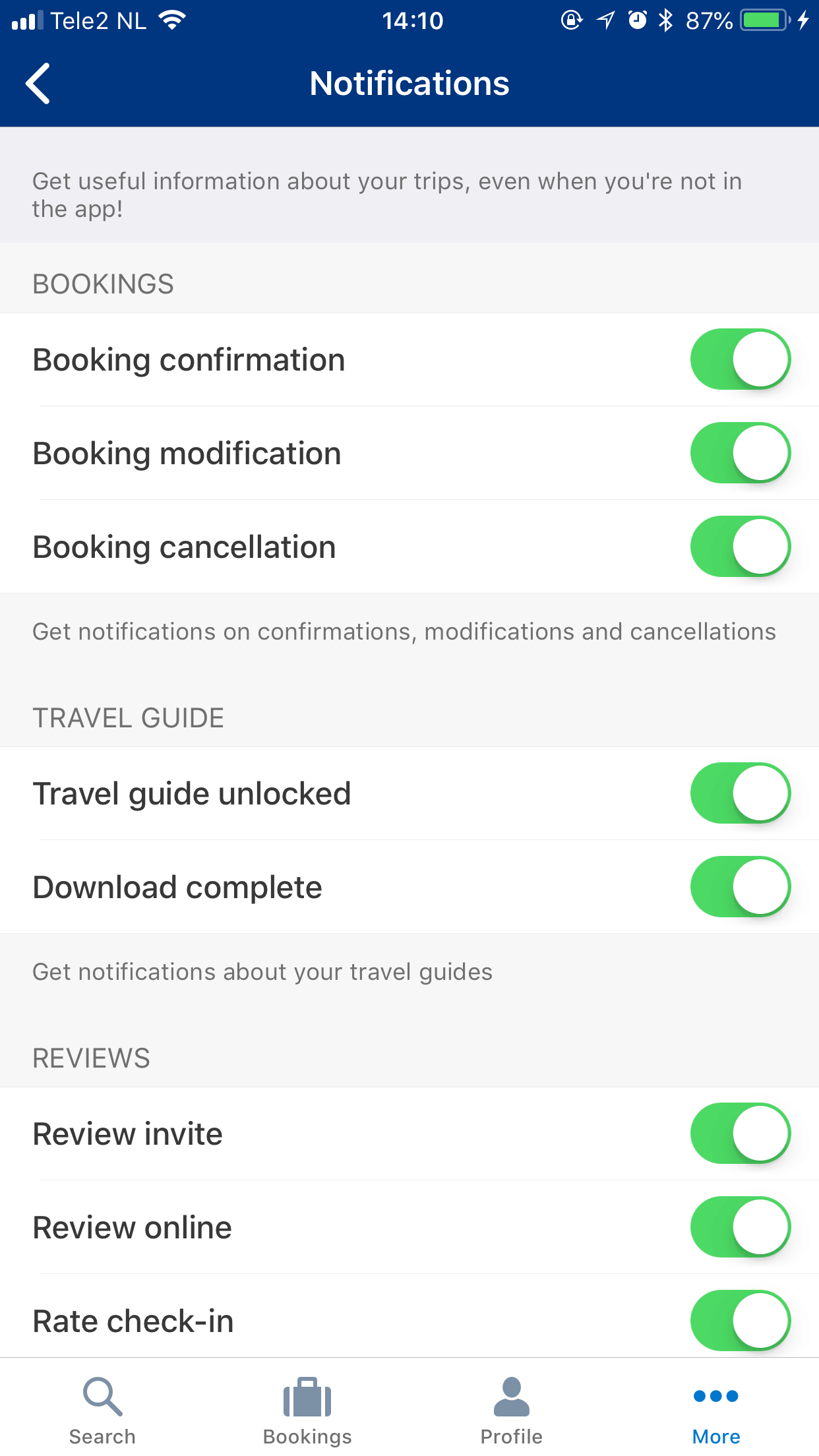
Retail
Amazon, Wish & Asos
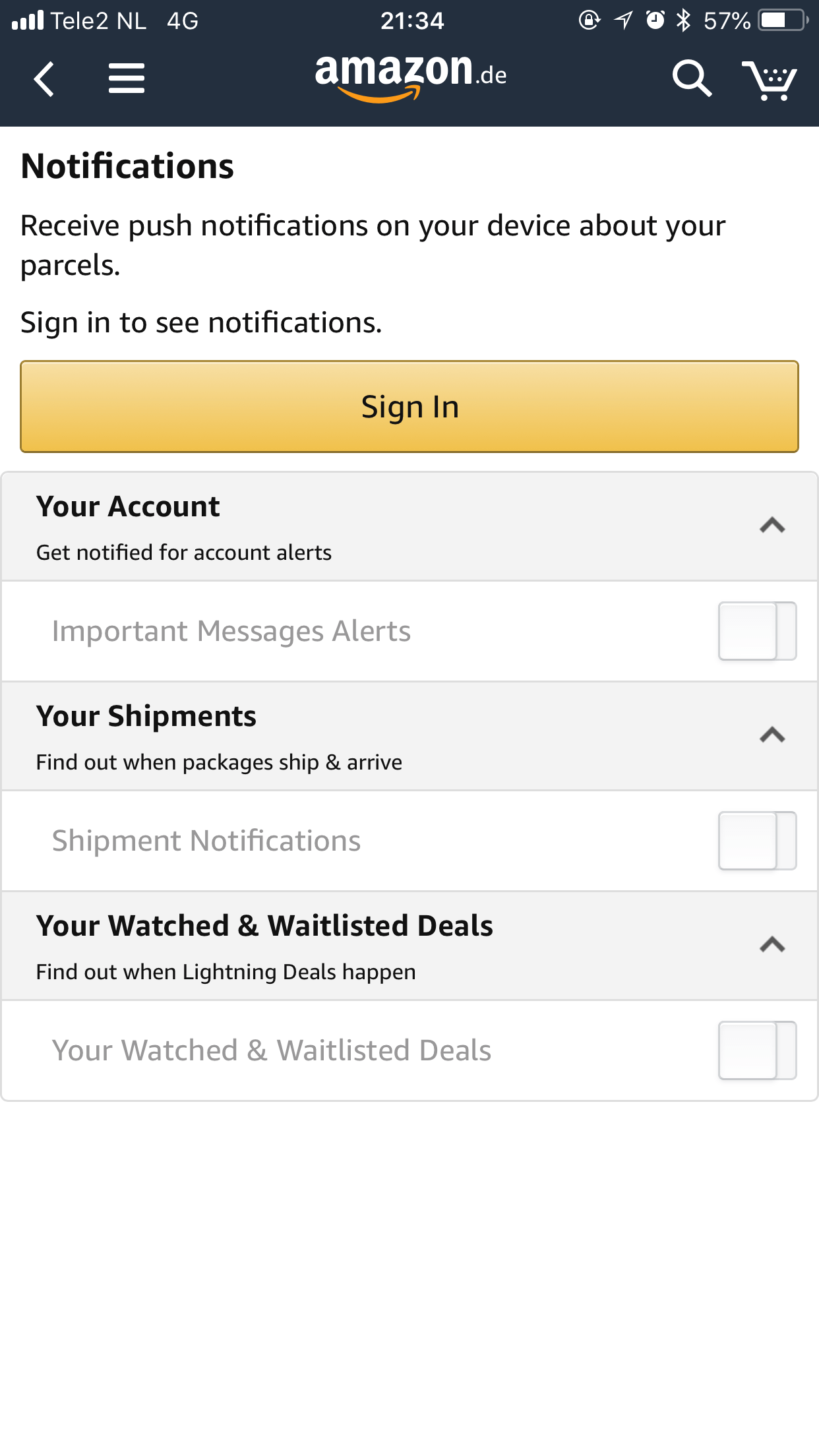
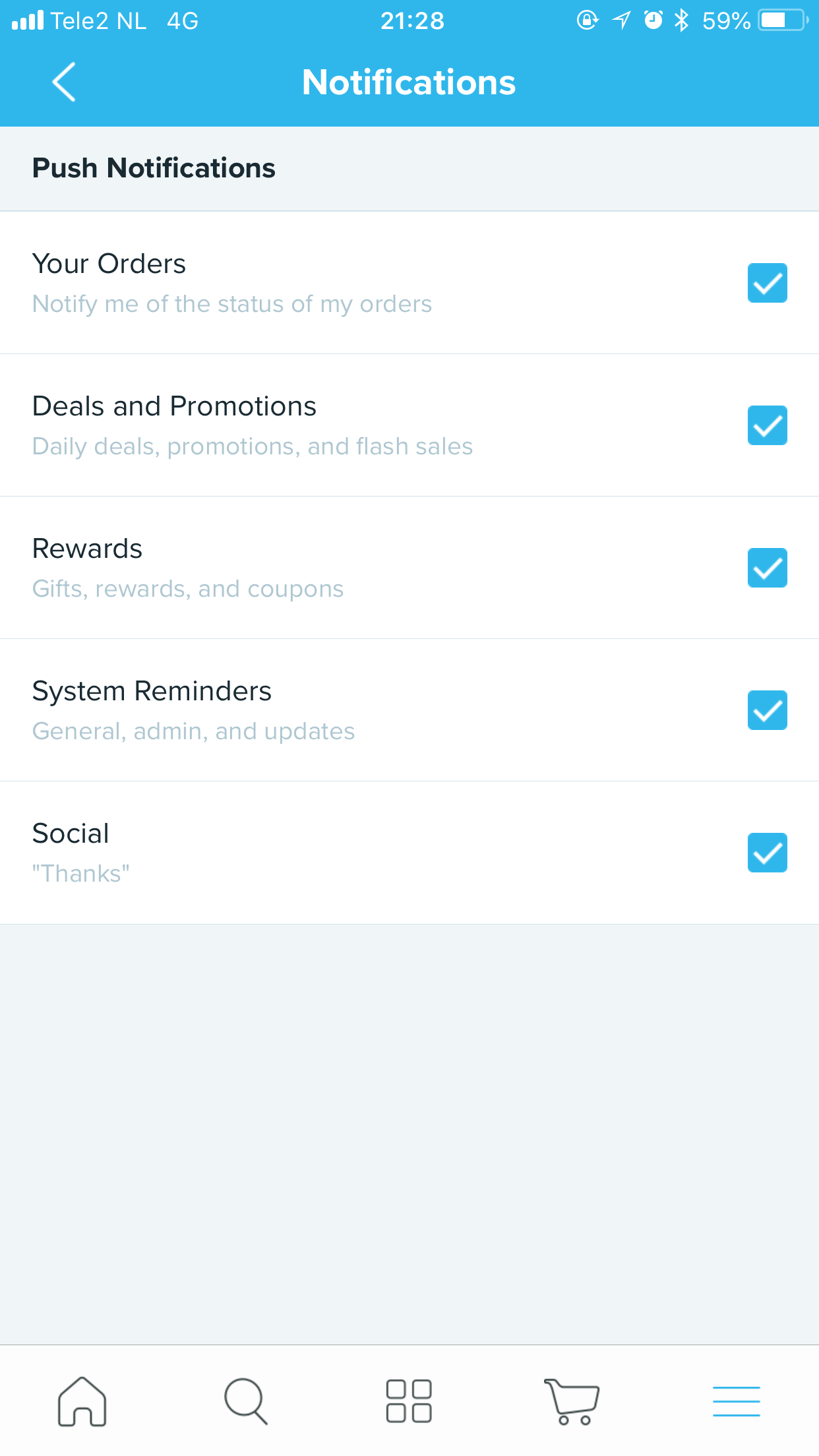
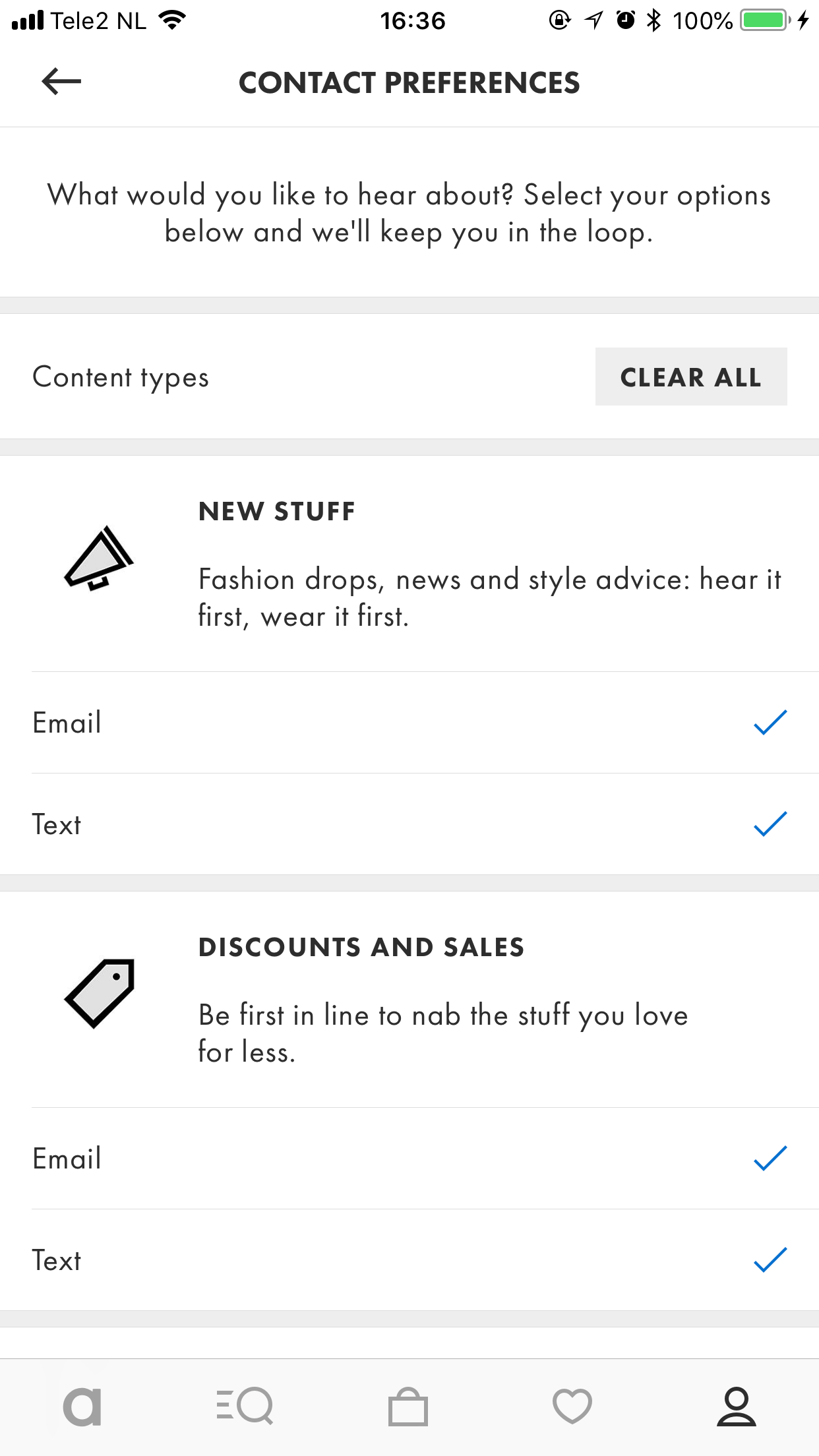
2. Onboard
A proper in-app onboarding will make sure your app user acquisition costs have not been spent in vain, and kickstart much better engagement responses. Not a nice-to-have any longer, this kind of onboarding is a must have. Clear, visually appealing onboarding screens explaining the value of the app will set you apart and serve as a great first stepping stone to building a loyal relationship with your mobile app users. A well-done onboarding will increase your opt-in rates for notifications as well.
Travel
Amsterdam Airport App Schiphol
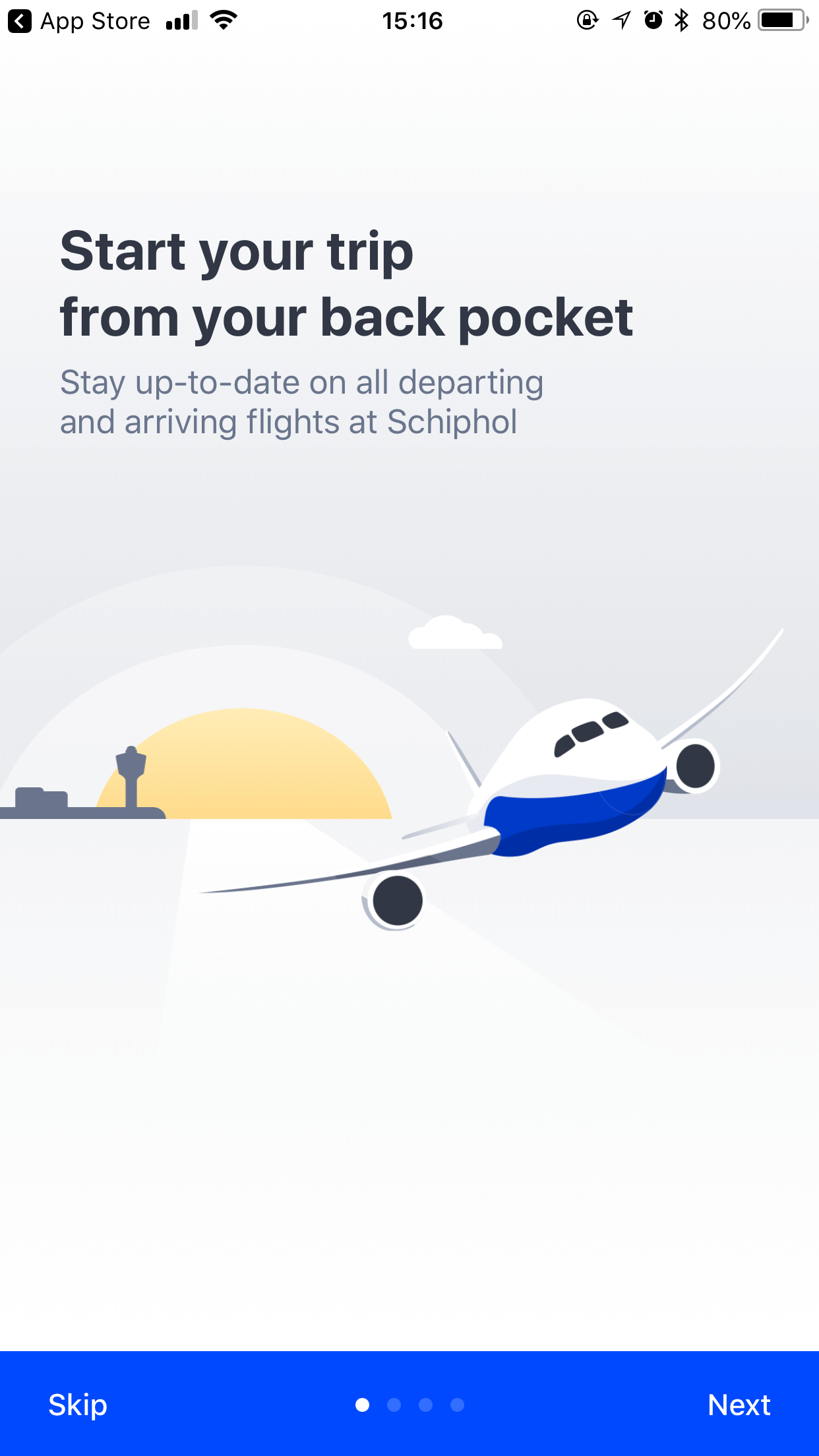
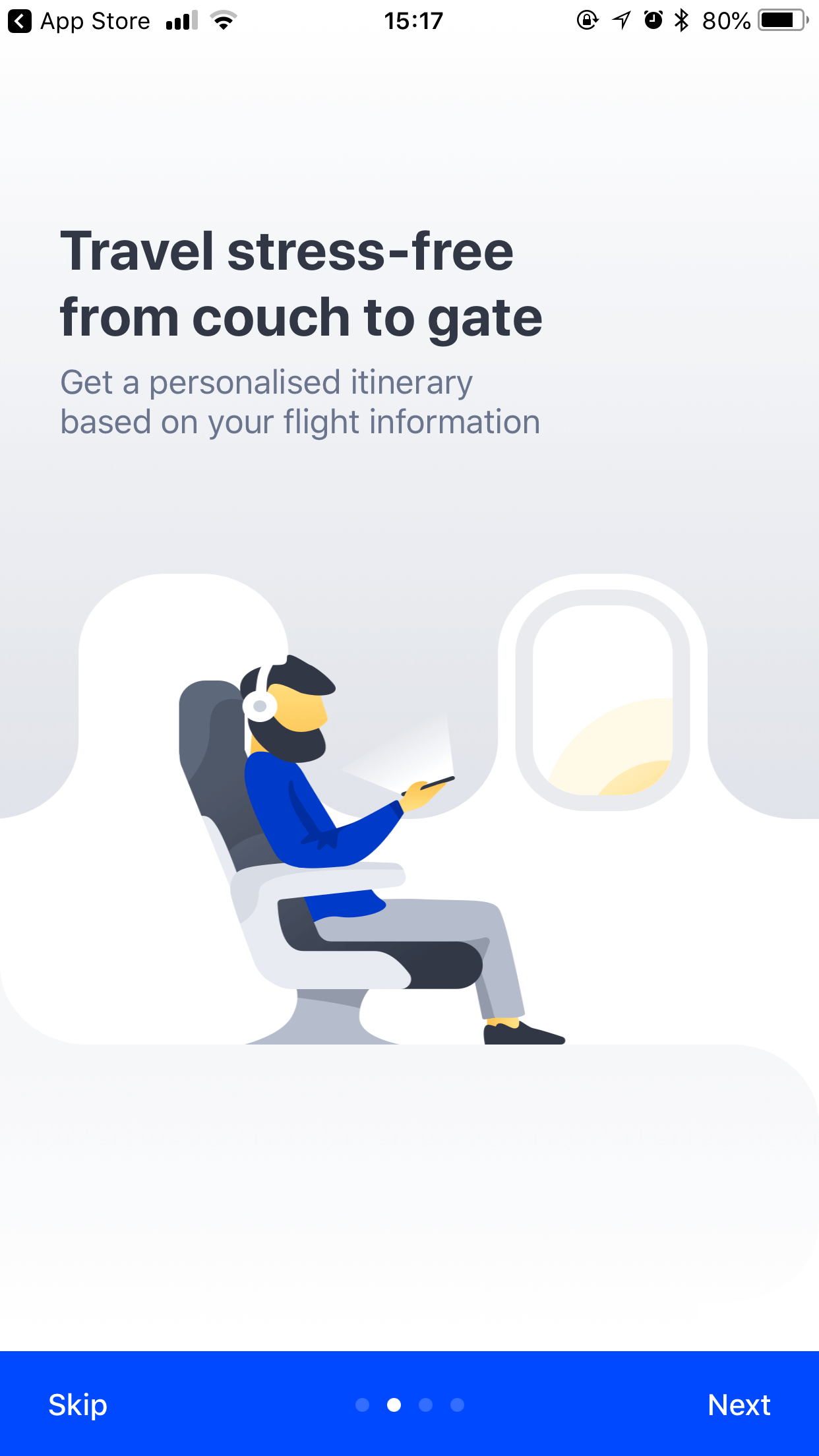
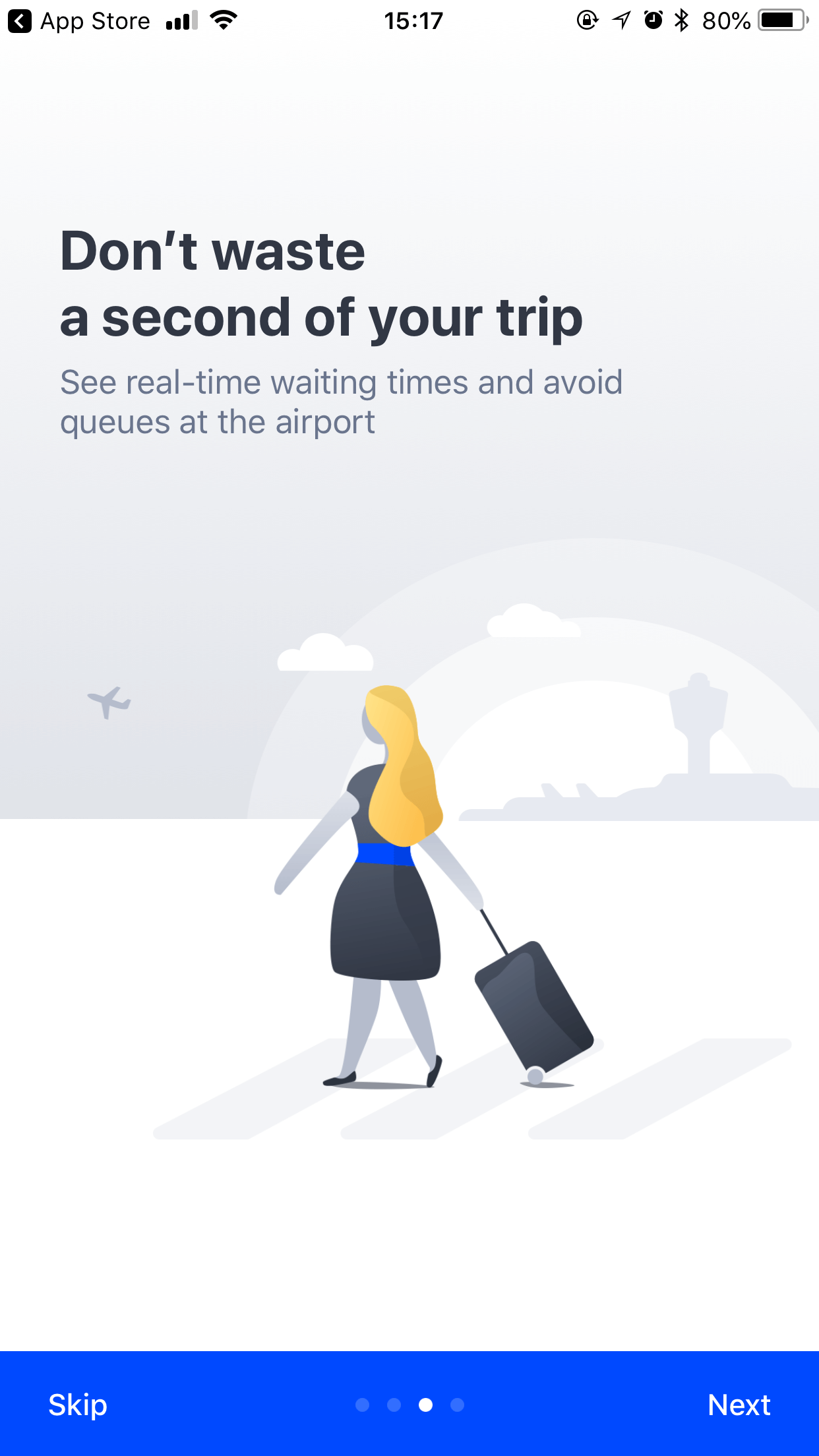
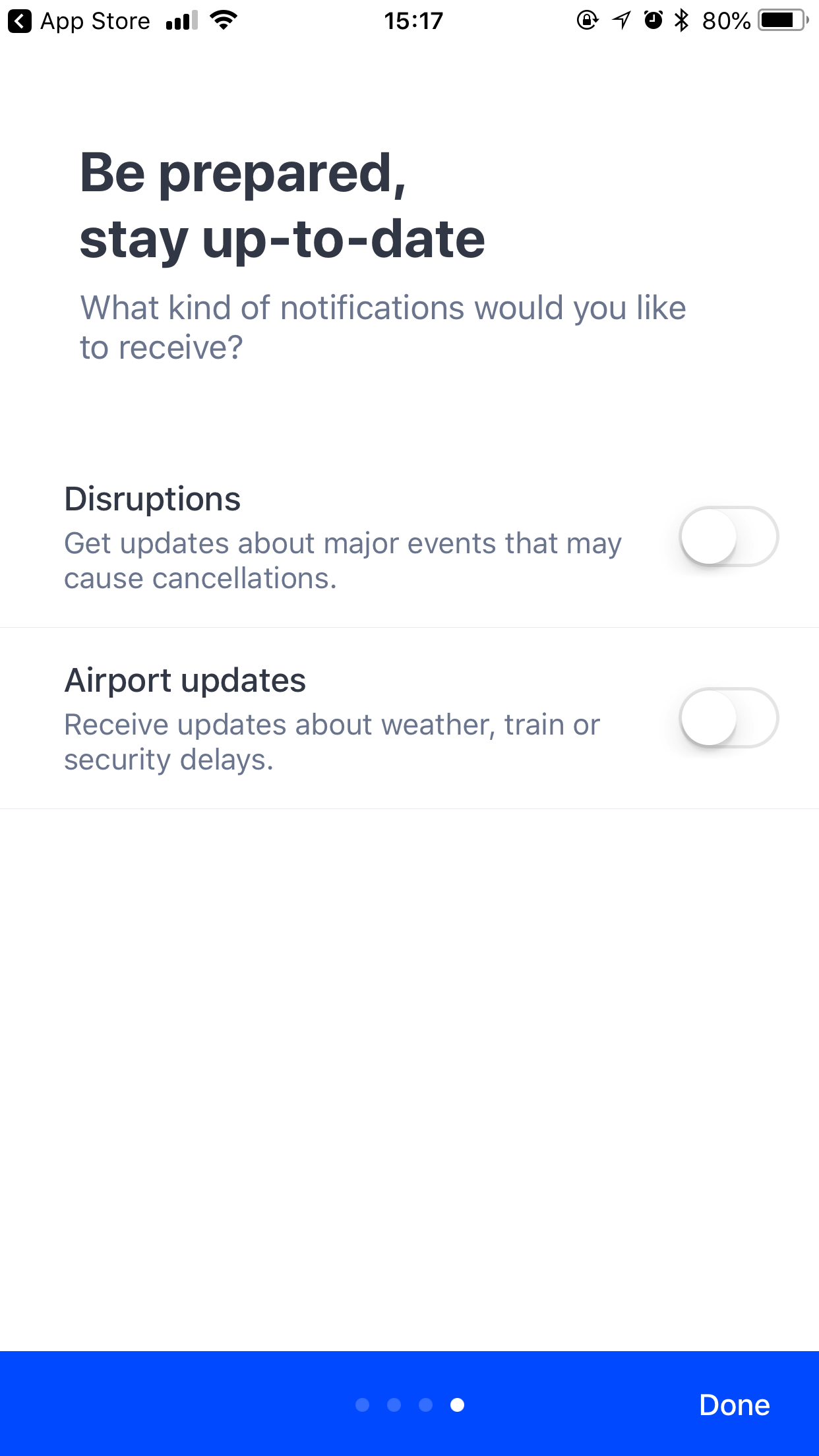
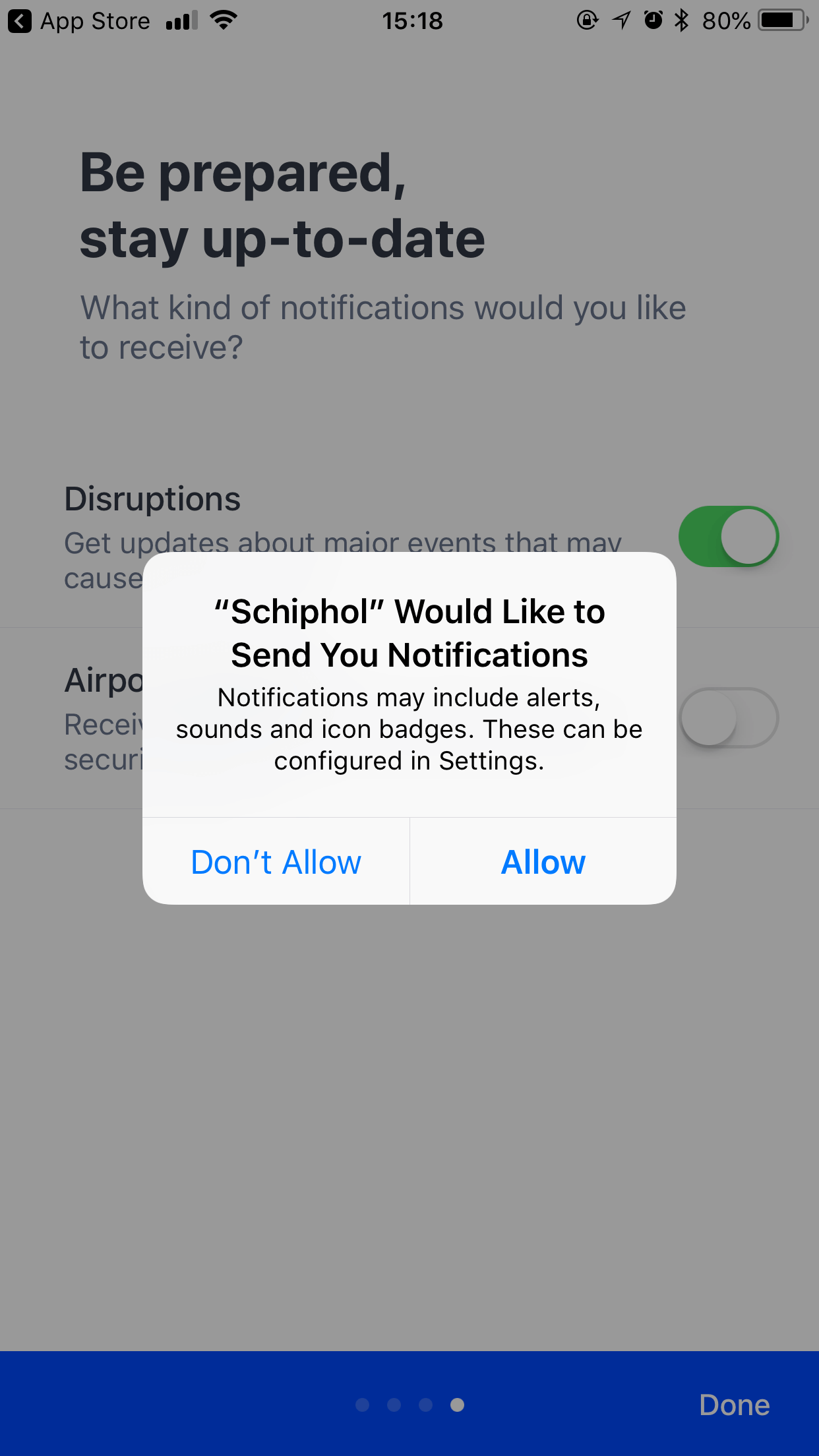
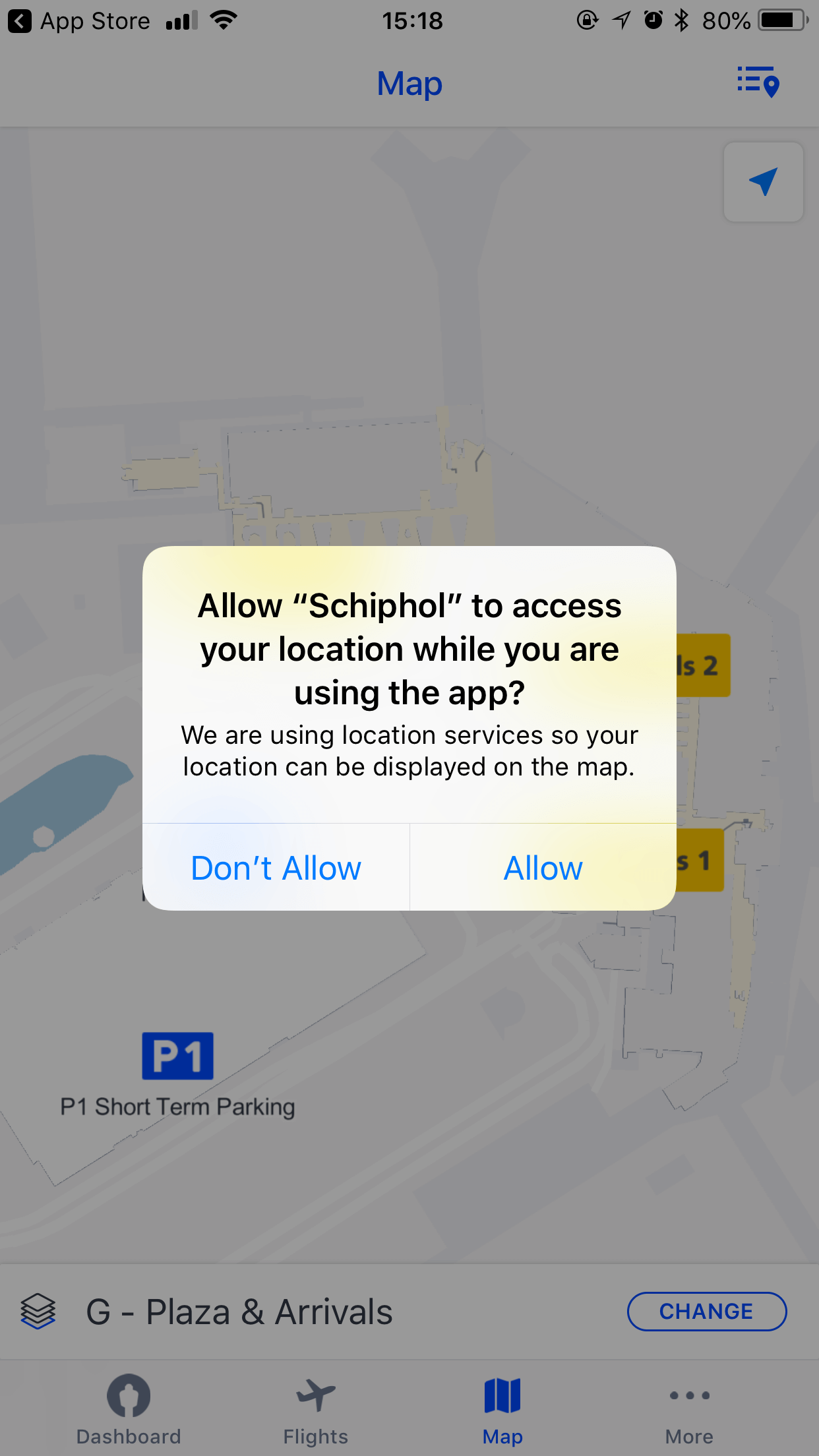
Retail
Bershka
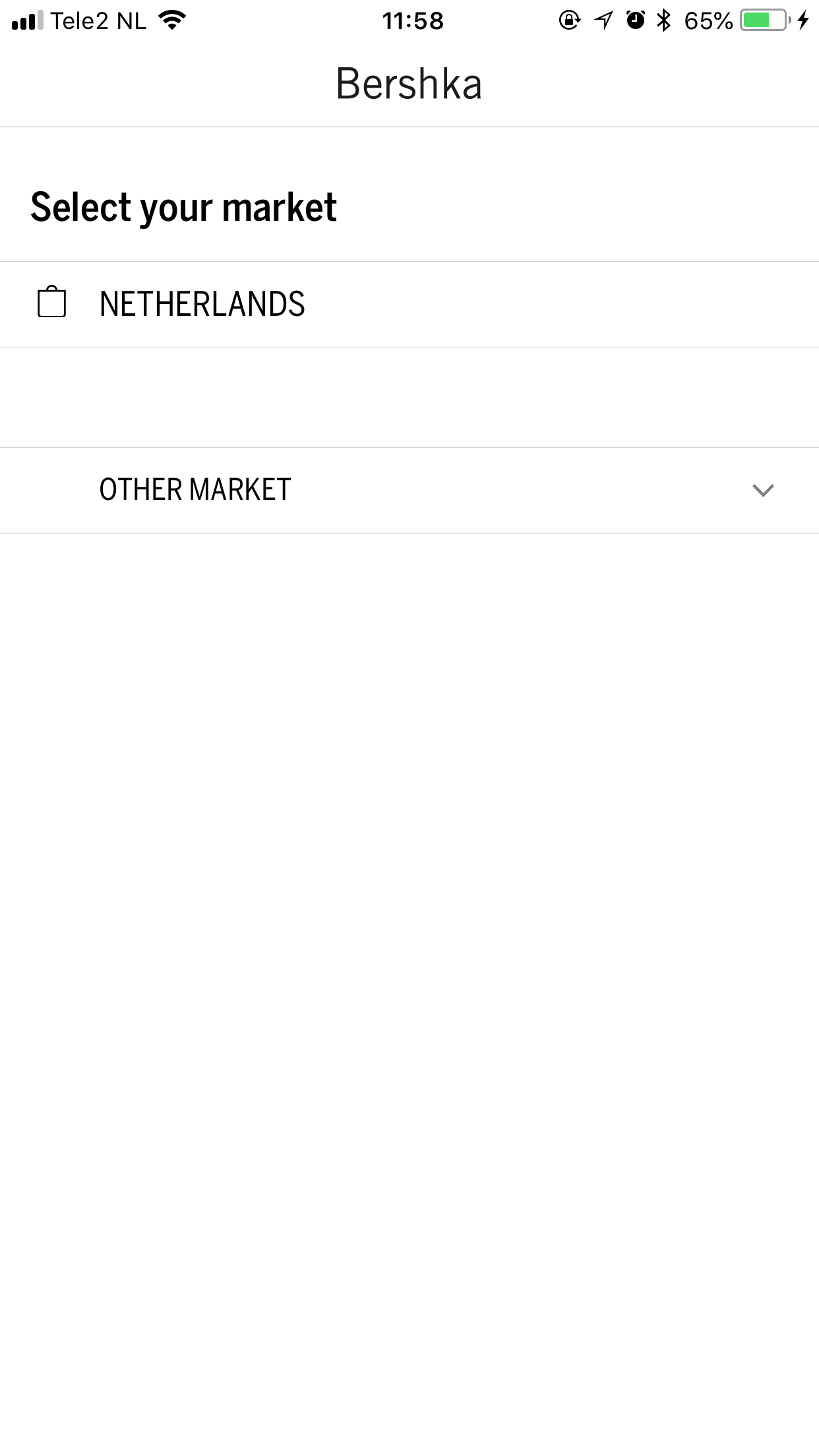
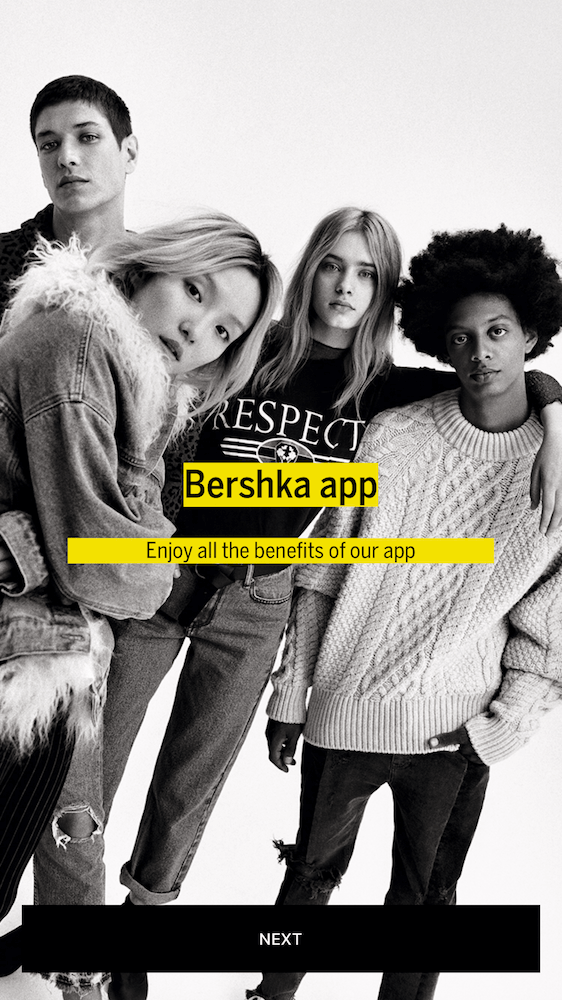
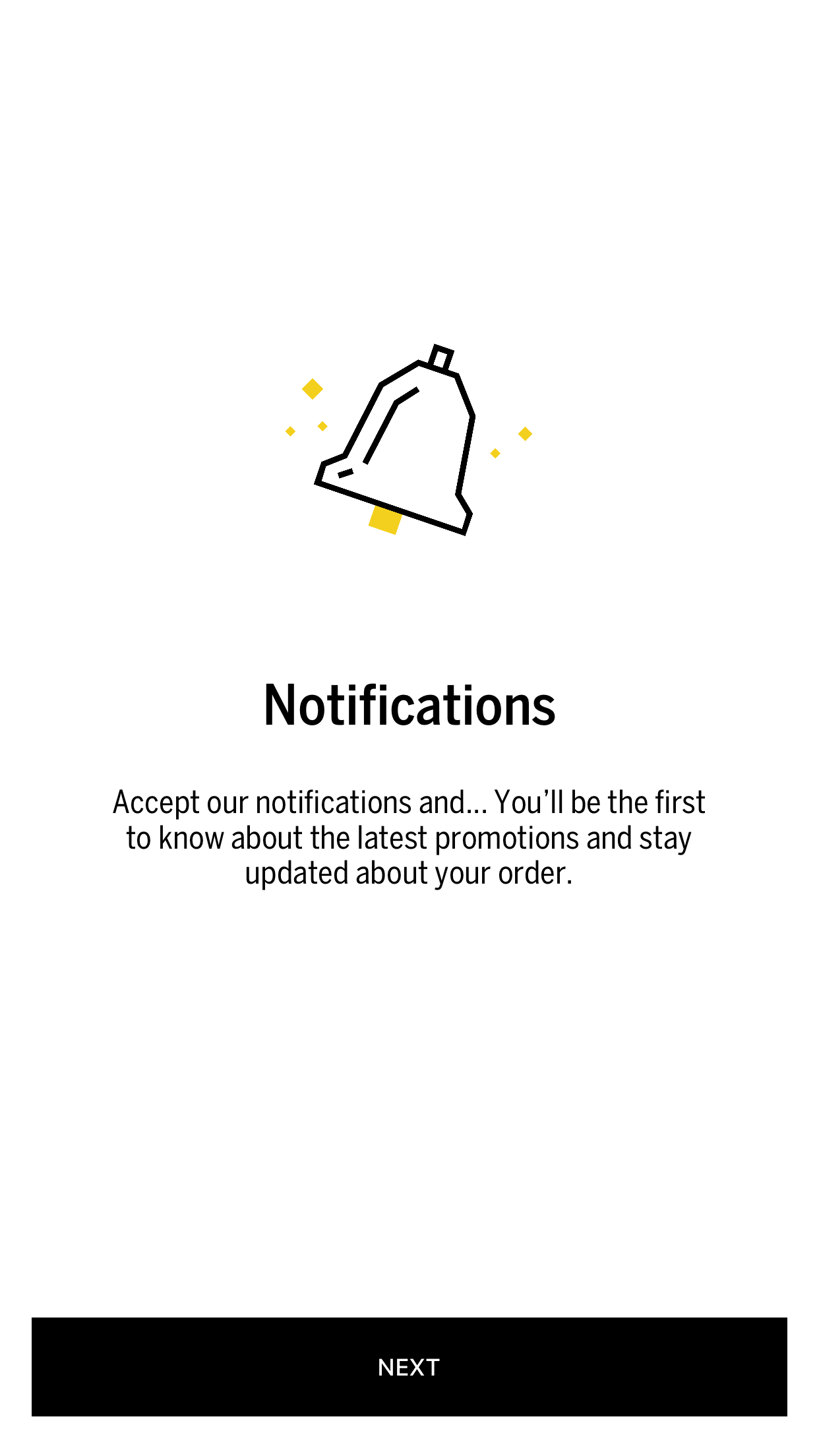
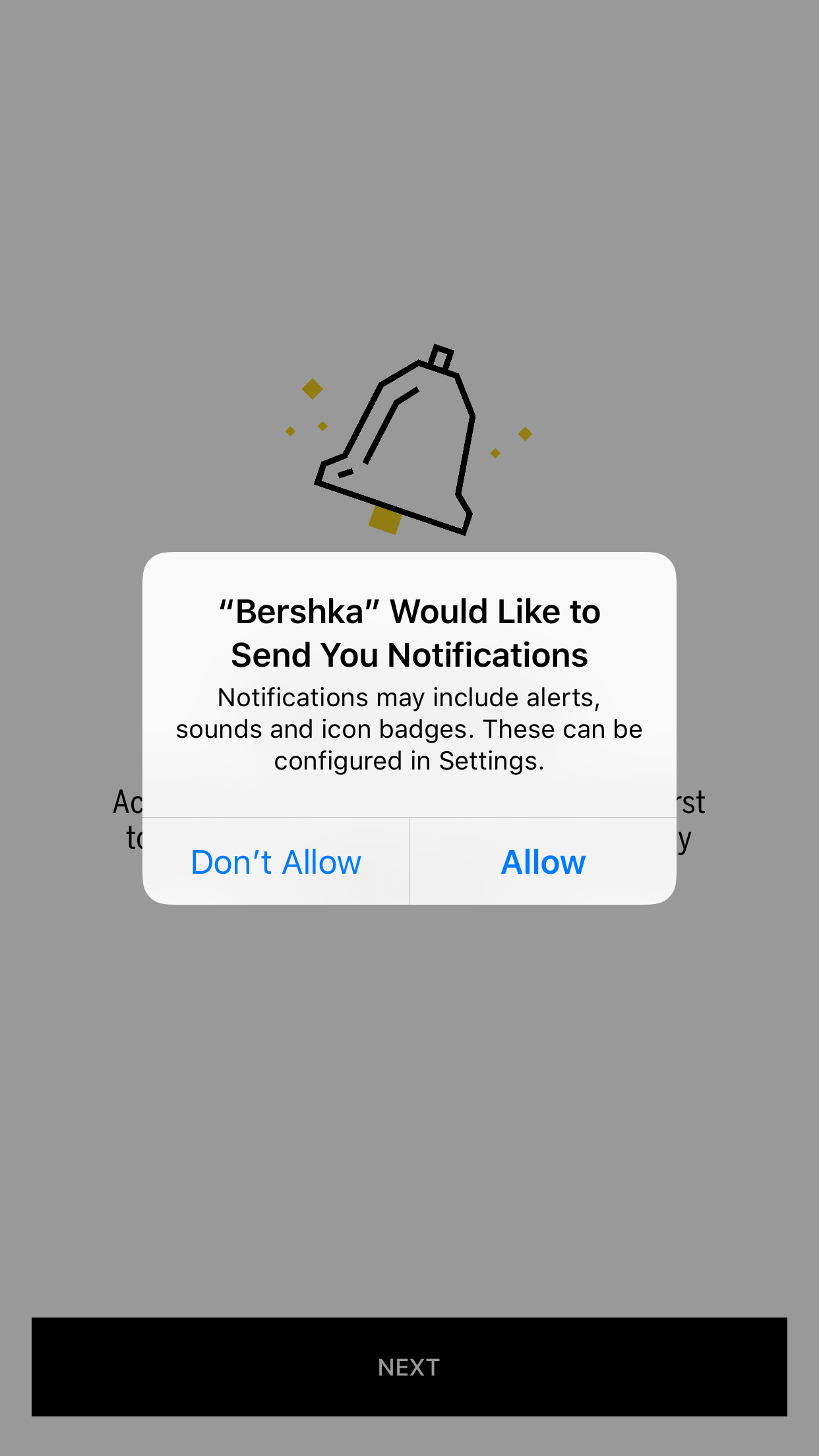
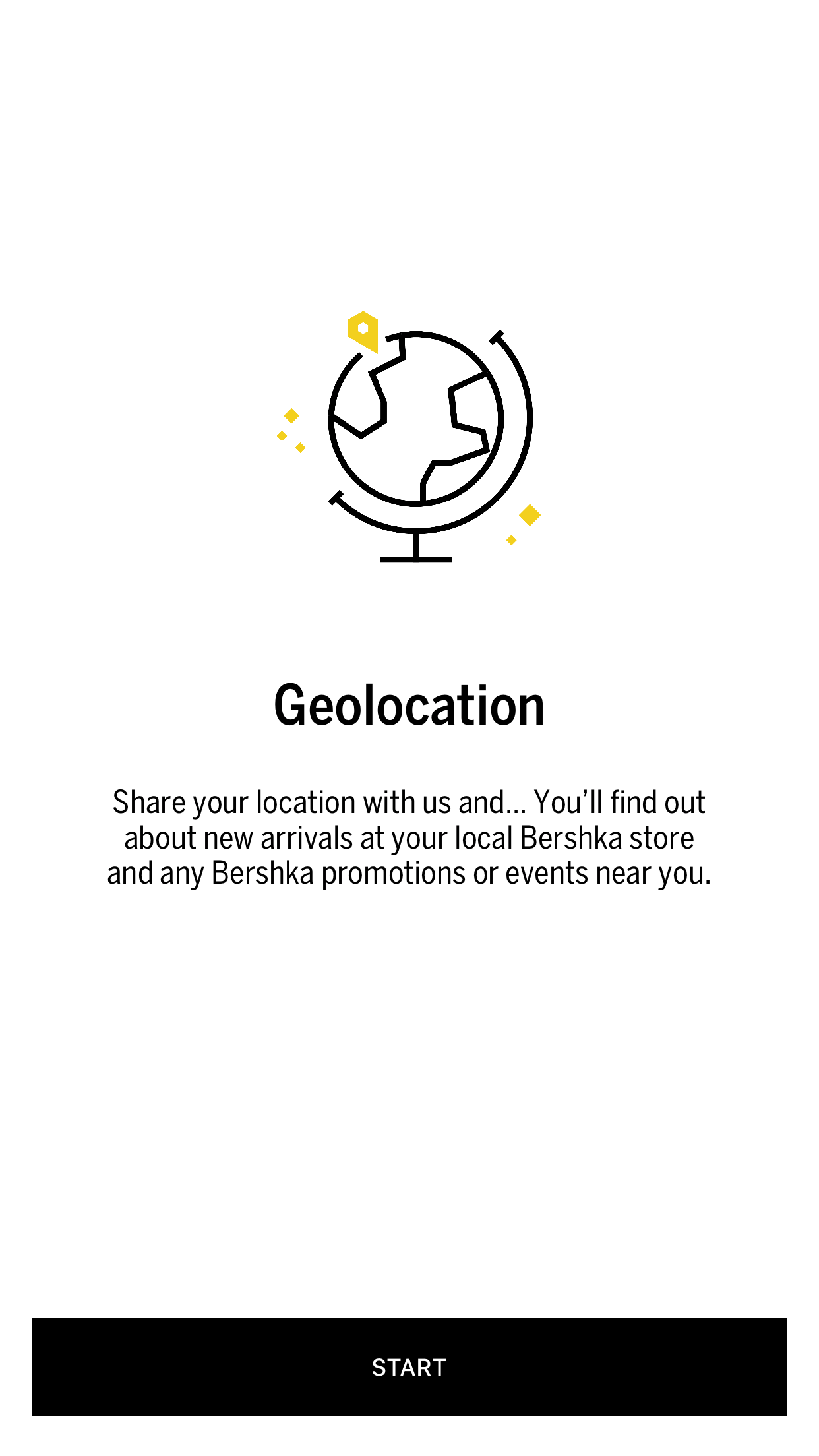
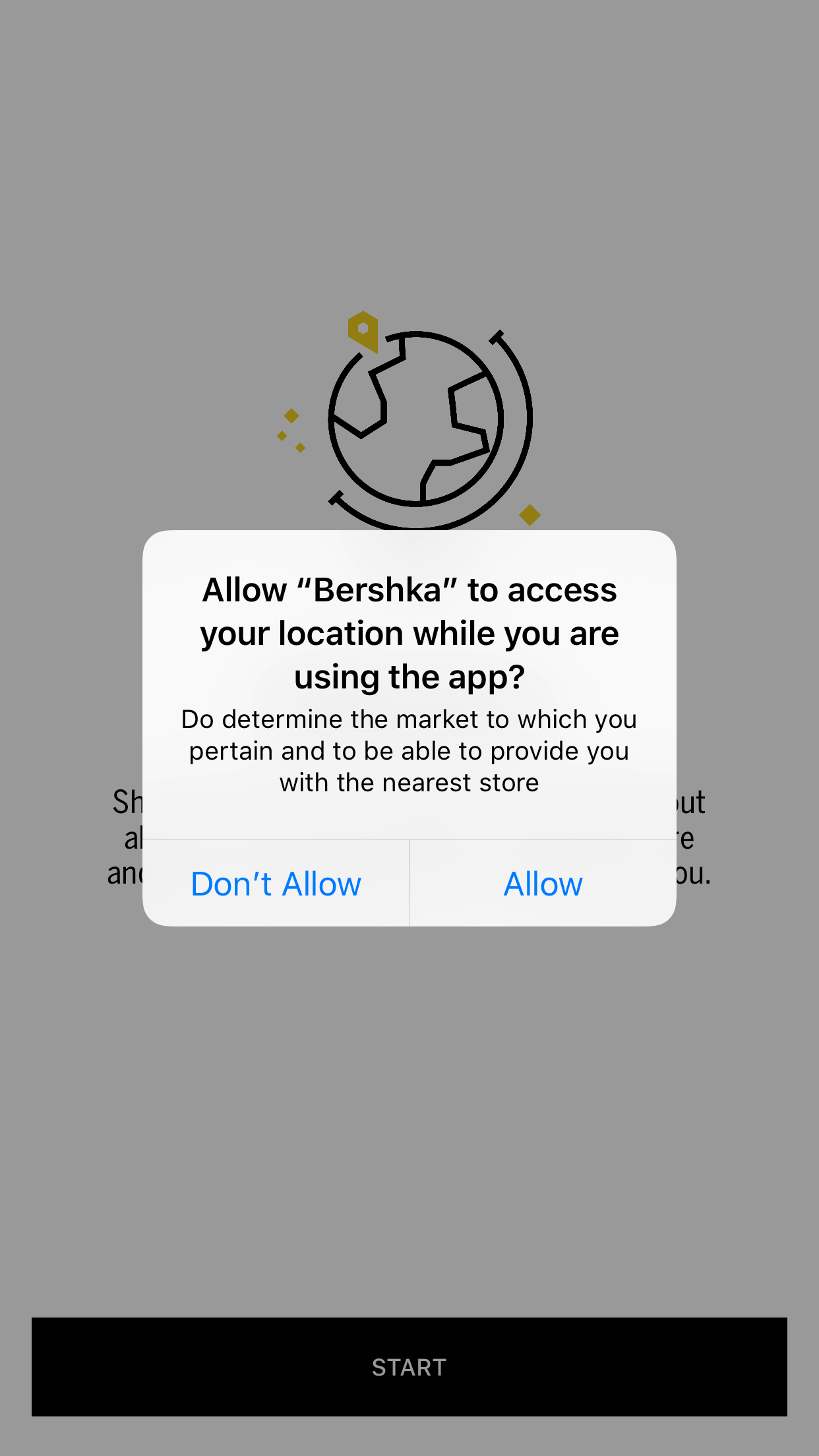
3. Use context: it sees 2X higher open rates
Our recent research proves that notifications delivered to a user in the right context outperform even the most well segmented messages by 50%. The right messages delivered to the right user matter a lot, but time and place really make the difference. Start plotting out the offline touchpoints which would add value in connecting with, and reaching out to your users. This will definitely improve your engagement rates.
To get your creative juices flowing, check the examples below. You can find even more examples here.
Travel
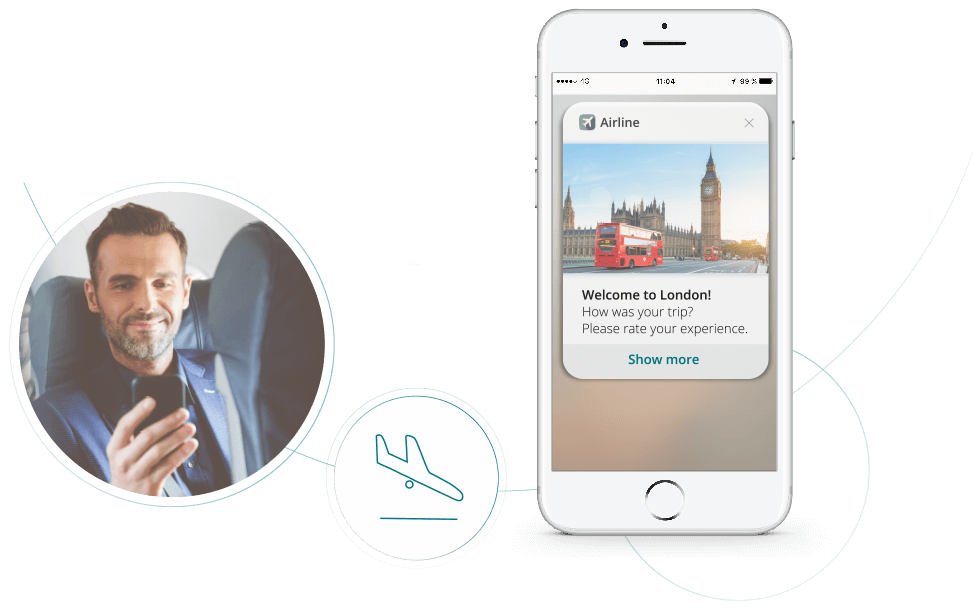
Retail
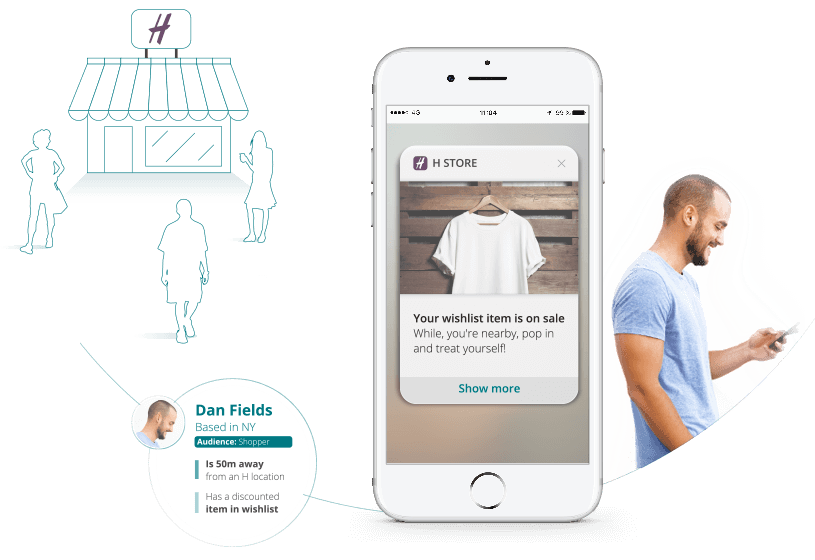
For Plot Projects customers: our SDK is iOS 12 ready!
We’ve very glad to share that our SDK is iOS 12 ready. Among the updates listed above, the latest version of our SDK will allow for provisional authorization, which could be a very powerful feature to increase notification opt-in rates. It would allow you to deliver notifications to users in a quite mode (have them appear on lock screen) without having to ask users for any permissions. This is meant as a “trial” mode for notification. This way a user can see if your notifications are worth receiving, but they don’t have to agree to let you fill their lock screen.
Want more?
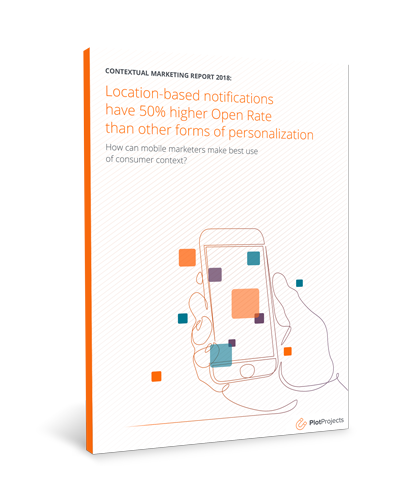 |
*NEW* research:Location-based notifications have a 50% higher Open Rate than personalized notifications.How can you use your user’s location, the missing puzzle piece in your personalization efforts, to double your engagement and take your mobile marketing strategy to the next level? Find out in our study!
|

